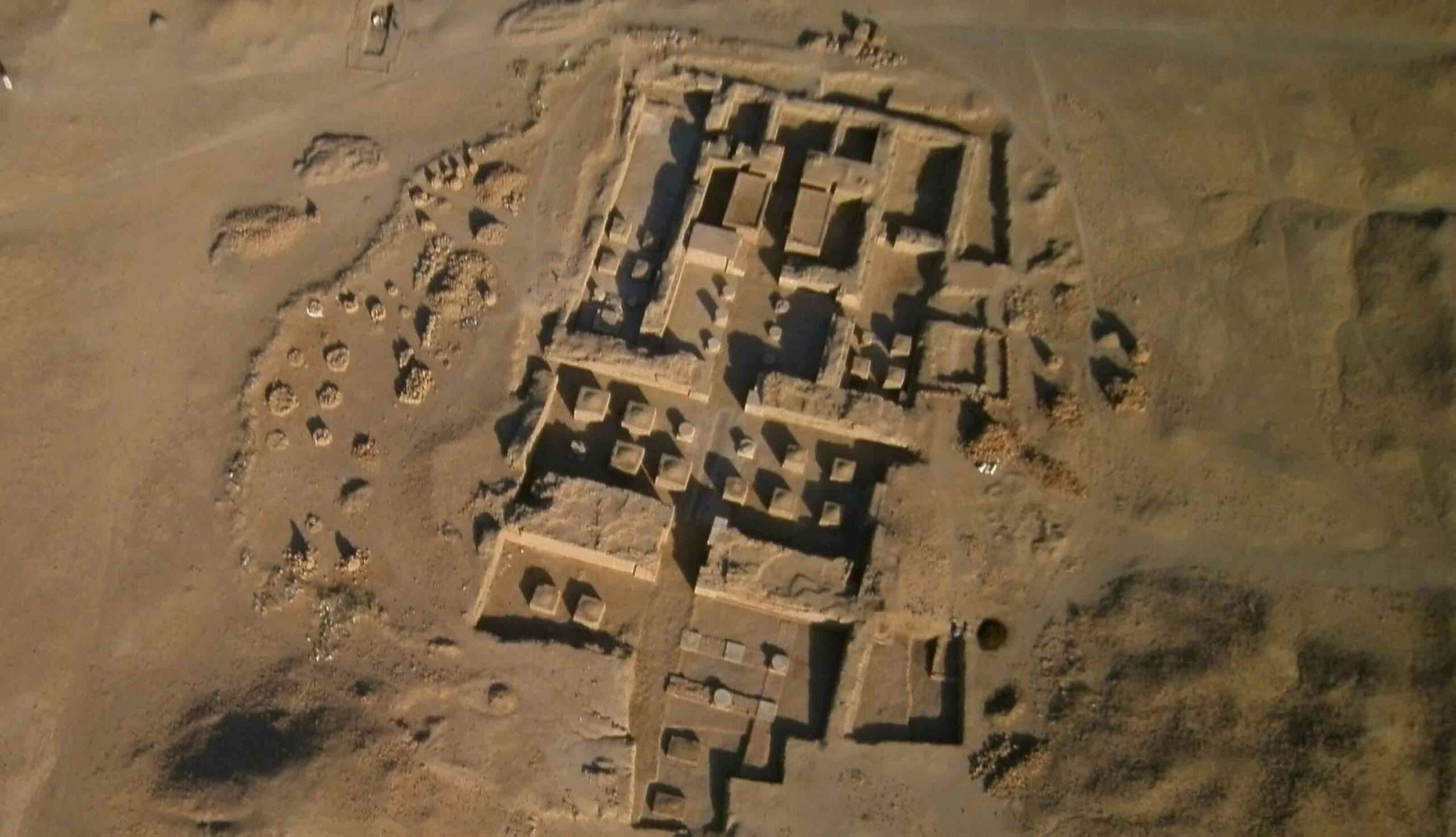SALEKHARD, RUSSIA—A birch-bark coffin has been removed from Zeleny Yar, a medieval site on the edge of the Siberian Arctic. Similar burials from the site have contained mummified remains. “The mummification was natural. It was a combination of factors: the bodies were overlain with copper sheets, parts of copper kettles, and together with the permafrost, this it gave the preserving effect,” Alexander Gusev of the Research Center for the Study of the Arctic told The Siberian Times. Five of the mummies from the site that had been shrouded in copper had also been buried with reindeer, beaver, wolverine, or bear furs. One man had also been wearing a head ornament in the shape of a bear and had been buried with an iron hatchet. Metal has been detected within the newly discovered birch bark coffin, thought to date to the twelfth or thirteenth century. “It follows the contours of the human body. If there is really a mummy, the head and skull are likely to be in good condition. We think it is a child, maybe a teenager. The find is now in Salekhard, in the Shemanovsky Museum, in a special freezer,” Gusev added. His team will open the “cocoon” later this month. To read more about archaeology in Siberia, go to "Fortress of Solitude."
Birch-Bark Coffin Discovered in Russia’s Zeleny Yar
News July 6, 2015
Recommended Articles
Digs & Discoveries January/February 2022
Russian River Silver
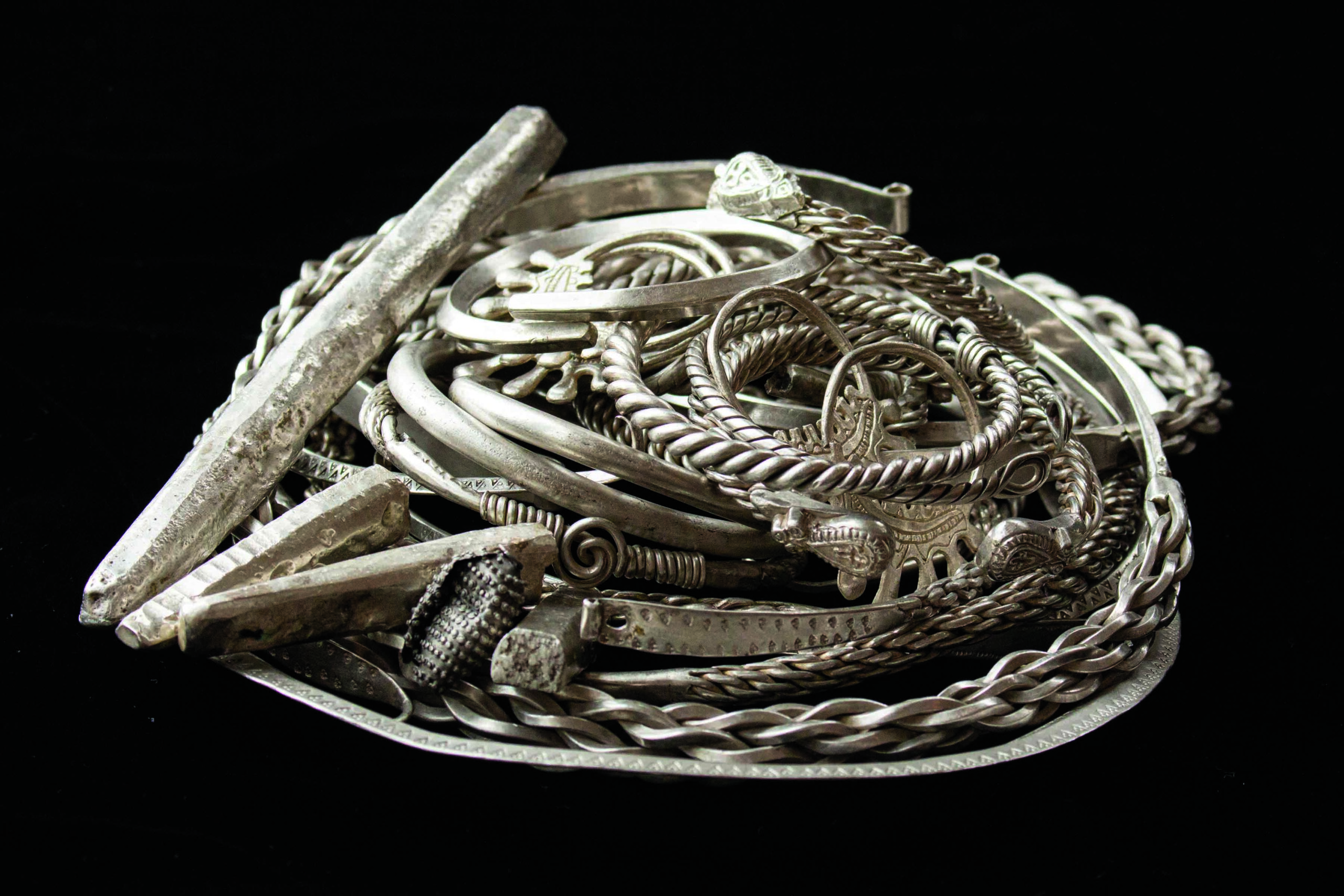
Artifacts May/June 2024
Medieval Iron Gauntlet
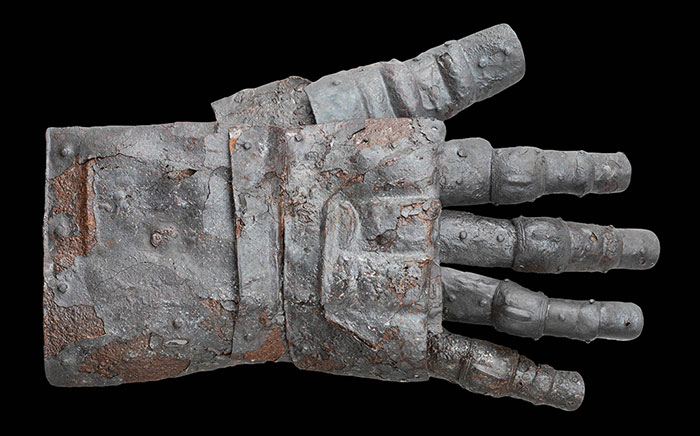
Digs & Discoveries January/February 2023
Storming the Castle
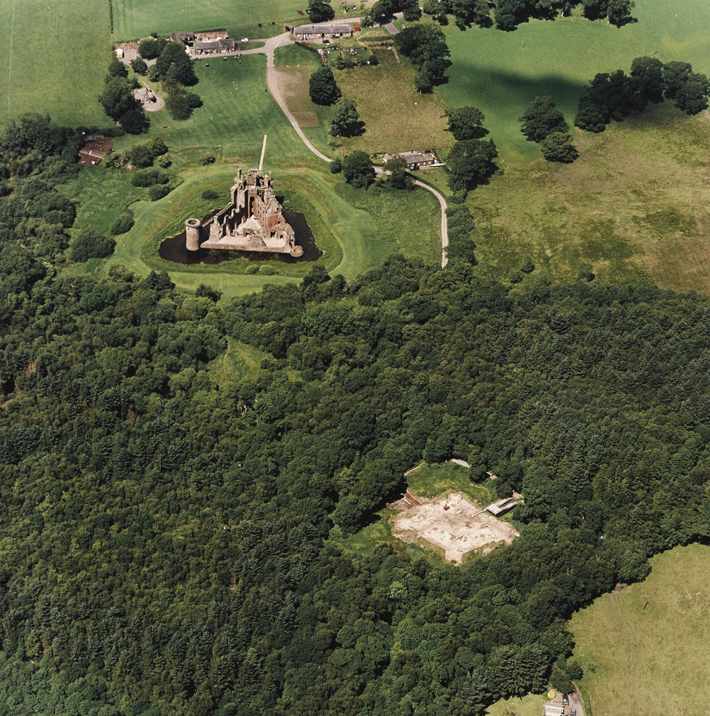
Letter from Germany September/October 2022
Berlin's Medieval Origins
In the midst of modern construction, archaeologists search for evidence of the city’s earliest days

-
Features May/June 2015
The Minoans of Crete
More than 100 years after it was first discovered, the town of Gournia is once again redefining the island's past
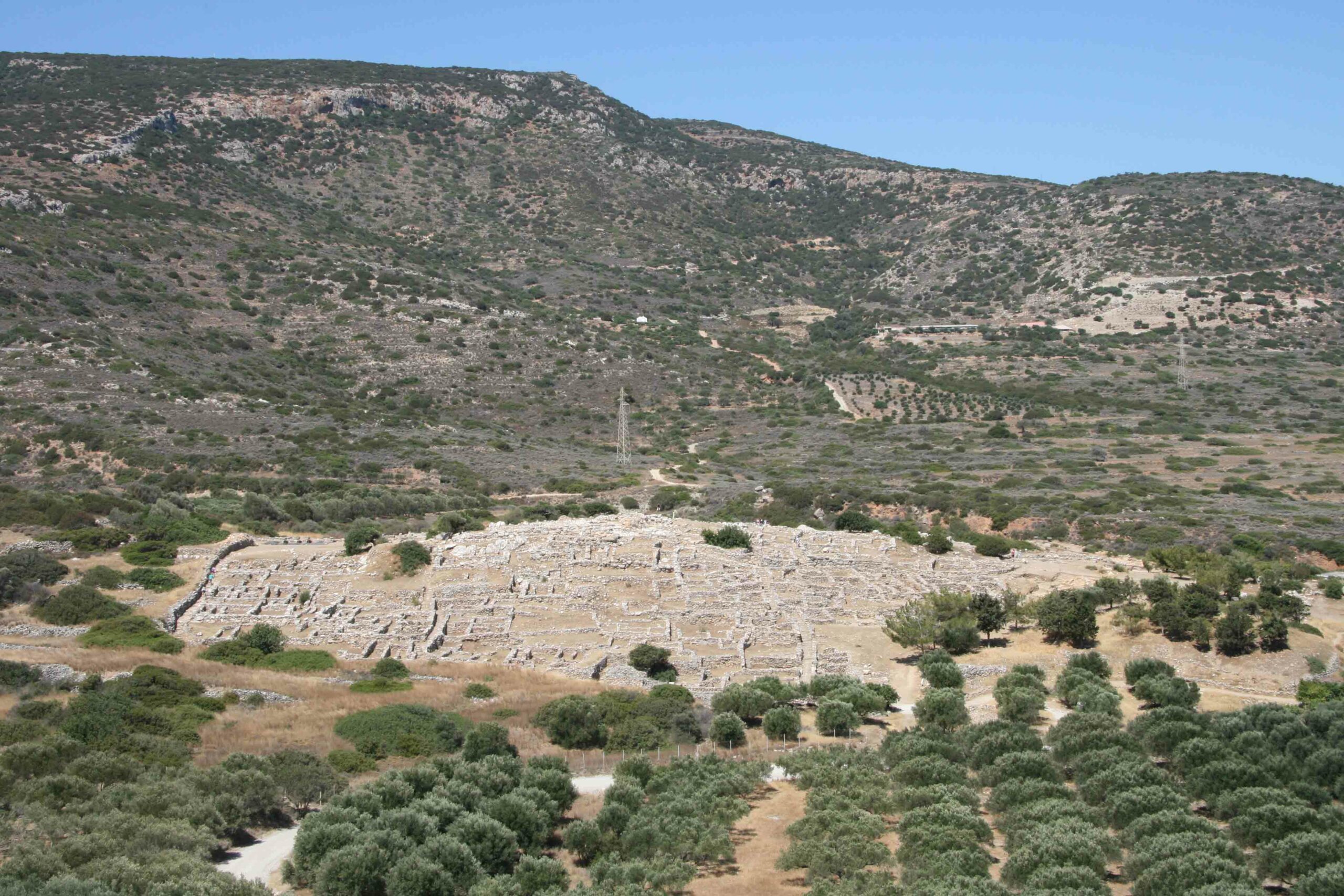 (Jarrett A. Lobell)
(Jarrett A. Lobell) -
Letter from Hawaii May/June 2015
Inside Kauai's Past
Ideal conditions within an ancient cave system are revealing a rich history that reaches back to a time before humans settled the island and extends to the present day
 Courtesy Lida Piggott Burney
Courtesy Lida Piggott Burney -
Artifacts May/June 2015
Late Roman Amulet
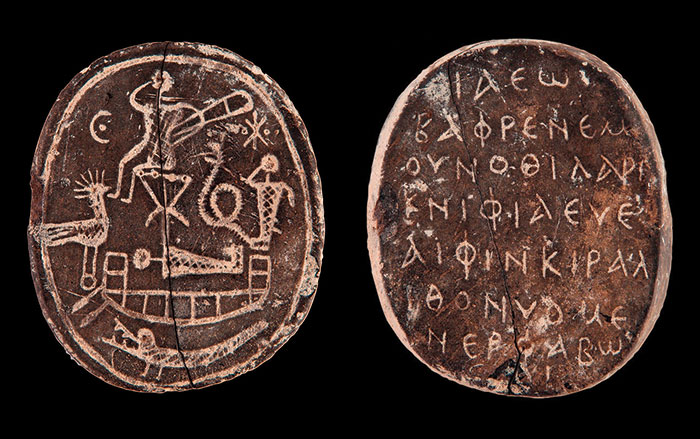 (Courtesy Joachim Śliwa)
(Courtesy Joachim Śliwa) -
Digs & Discoveries May/June 2015
The Charred Scrolls of Herculaneum
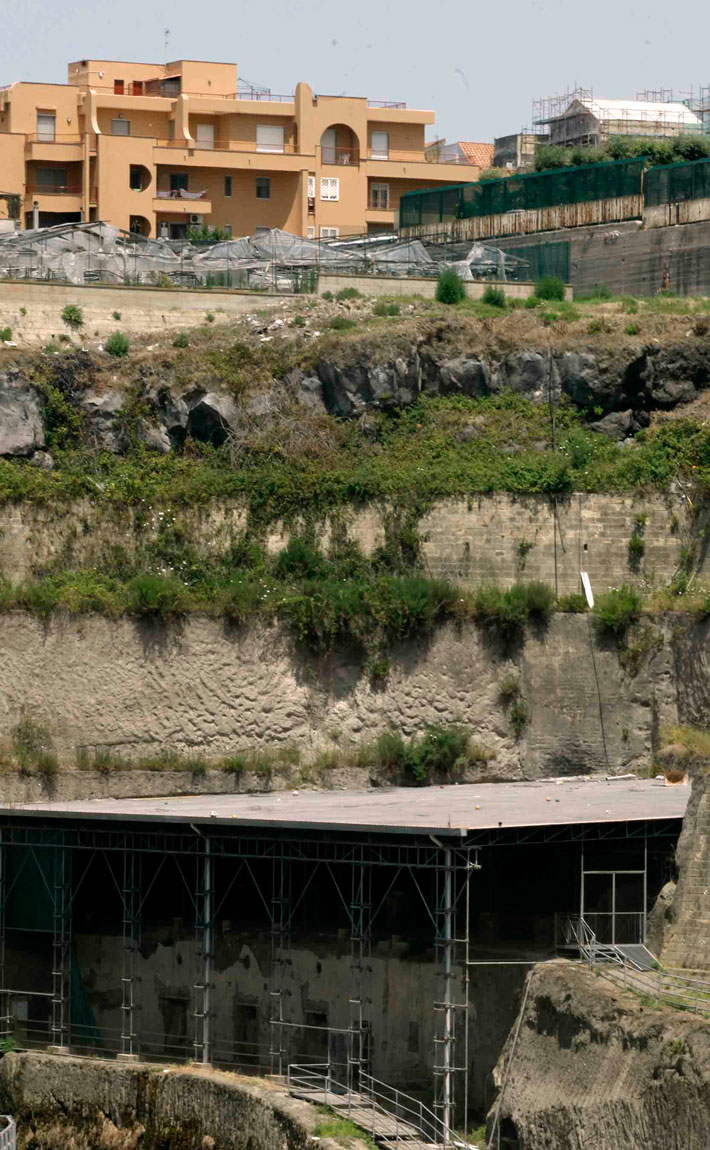 (Fotonews/Splash News/Corbis)
(Fotonews/Splash News/Corbis)


